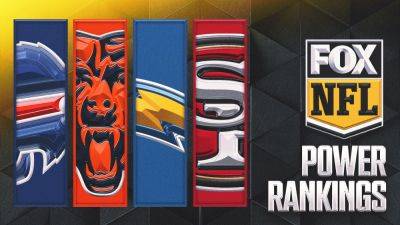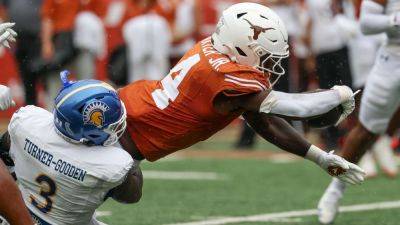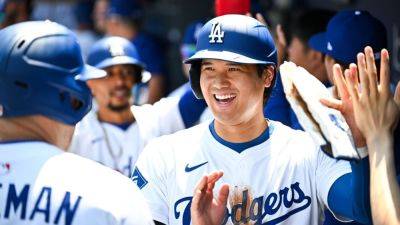Updated 2025 MLB system rankings: Prospect insights, analysis - ESPN
Much has changed since we ranked all 30 MLB farm systems before the 2025 season. A big part of that shift has come in the past few weeks as the most recent prospects joined their new teams via the MLB draft and then front offices added — or subtracted — young players at the MLB trade deadline.
With two of the most impactful periods for any farm system in the rearview, it's time to see how all 30 organizations stack up and what has changed most since Opening Day.
These dollar figures are a little lower (roughly 5% on average) than they'll be in the winter, basically because when I do the deep dive on each system, it will reveal/upgrade more lower-tier prospects for each team, but it mostly won't affect the higher-tier prospects.
This is a pretty objective process (each prospect has a dollar value based on their rank). Obviously, there's some subjectivity in the process, too (how the players are ranked), and roughly the top-50 prospects in the sport have an empirical, but to most fans disproportionate, value. Having the most players in the top half of the Top 100 is the best way to be the top-ranked team in this exercise. On that note, let's get to that first team.
Preseason rank: 9
The Mets have hovered in the middle third of my farm rankings for years — until the beginning of this season, when they moved up to ninth. They're now on top, at the peak valuation of this crest of young talent, with a top-heavy system featuring prospects who are largely in the Top 100 and either in Triple-A or the big leagues.
This also isn't a random occurrence or glut of players who are about to graduate from being prospects at once. Ronny Mauricio and Luisangel Acuna already graduated this year, Christian Scott graduated last year, Brett








